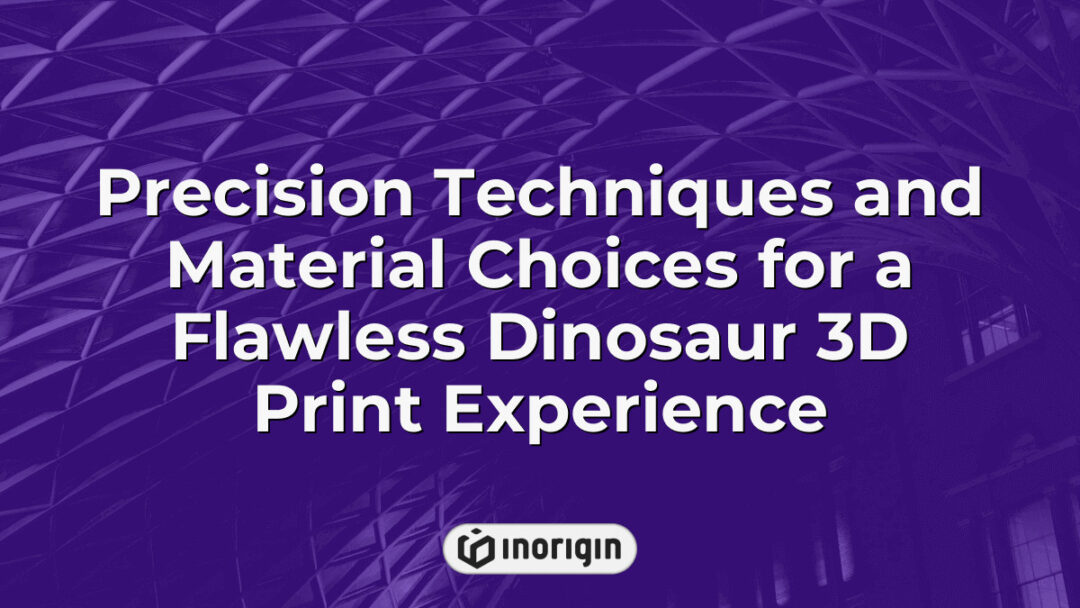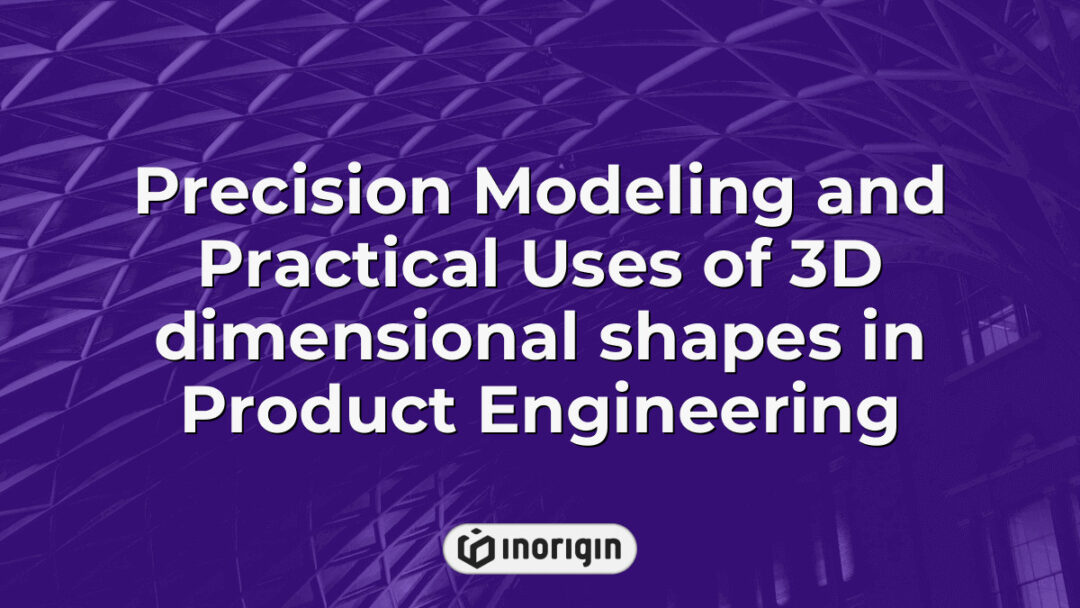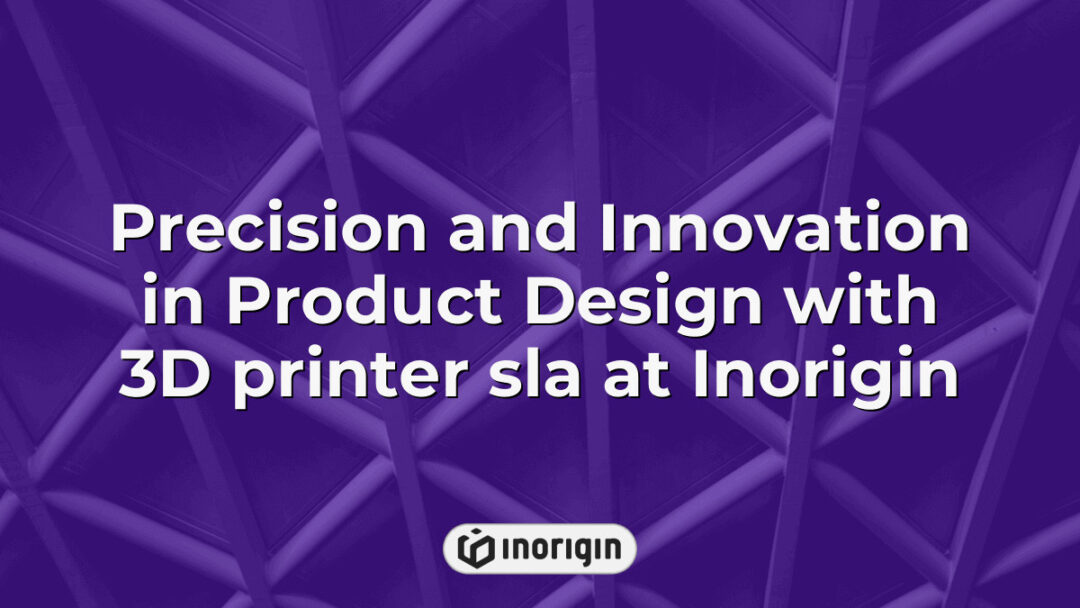In a remarkable convergence of paleontology and modern technology, the art of 3D printing has emerged as a groundbreaking method for reconstructing the majestic forms of dinosaurs, long extinct yet continuously captivating the imagination. As researchers excavate fossilized remains and piece together the secrets of these ancient creatures, the ability to create intricate, life-sized replicas through digital fabrication not only enhances educational and scientific endeavors but also ignites public interest in evolutionary biology. This intersection of innovation allows for unprecedented exploration into the morphology, behavior, and ecological significance of dinosaurs, heralding a new era in both scientific investigation and public engagement with these prehistoric giants. The exploration of dinosaur 3D printing thus represents more than mere replication; it signifies a transformative approach to understanding and visualizing a period that shaped the planet’s biological history.
| Aspect | Key Takeaway |
|---|---|
| Role of Dinosaur 3D Print | Dinosaur 3D print revolutionizes paleontological study and public engagement by creating detailed replicas that enhance educational and scientific understanding. |
| Selecting Dinosaur Models | Choosing highly detailed and scalable models compatible with preferred printing materials ensures accurate and visually compelling dinosaur prints for display or research. |
| Essential Tools and Materials | Advanced 3D printers combined with suitable filaments like PLA, ABS, or resin and effective slicing software directly influence the fidelity and durability of dinosaur 3D prints. |
| Step-by-Step Printing Process | Following a structured workflow—from model preparation and slicing to monitoring print progress and post-processing—maximizes precision and final quality. |
| Common Printing Challenges | Addressing issues such as printer calibration, bed adhesion, and filament jams promptly is crucial for producing flawless dinosaur models. |
| Customization Opportunities | Utilizing CAD software allows tailoring of dinosaur size, posture, and texture, enabling unique and scientifically relevant 3D print designs. |
| Presentation and Preservation | Applying protective coatings and using appropriate display methods prolongs the lifespan of dinosaur 3D prints while maintaining both scientific accuracy and aesthetic appeal. |
Choosing the Right Dinosaur Model for 3D Printing
Choosing the right dinosaur model for 3D printing requires careful consideration of various factors that significantly influence both the aesthetic and functional outcomes of the project. Initially, it is essential to evaluate the model’s level of detail; detailed 3D prints often capture more realistic features, appealing to enthusiasts and educators alike. Next, the scalability of models plays a crucial role, as certain prints may need to be resized to fit specific space constraints or display preferences. The material compatibility is another key aspect; for instance, some models may be better suited for PLA while others could be optimised for ABS, influencing durability and appearance. Following this, potential users should also assess the printing time and complexity involved, recognising that intricate designs may require advanced printer settings or even higher-grade equipment. Ultimately, by carefully weighing these components, individuals can identify not only the best dinosaur 3D print models available but also align their selections with the intended use; whether for educational purposes, collectible displays, or artistic expression, the right model significantly enhances the overall 3D printing experience.
Essential Tools and Materials for Dinosaur 3D Prints
When discussing the essential tools and materials for dinosaur 3D prints, it becomes clear that a thoughtful selection process is necessary to achieve optimal results. First and foremost, the choice of 3D printer can significantly influence the quality of the final product; FDM printers, commonly used for hobbyist applications, typically require suitable filament such as PLA or ABS, two of the most popular thermoplastics that vary in characteristics like strength and flexibility. Following that, the preparation of the model itself plays a crucial role in the printing process. Computer-Aided Design (CAD) software enables users to modify pre-existing designs or create new files tailored to specific needs; this step often involves adjusting dimensions to ensure a print fits well within the intended display environment. As 3D printing technologies continue to advance, materials such as resin and nylon are also becoming increasingly common, allowing for distinctly different finishes and structural properties. Ultimately, selecting the appropriate combination of tools, from printers to materials, directly impacts the fidelity and durability of dinosaur 3D prints, warranting careful consideration for both amateurs and professionals alike.
Step-by-Step Guide to Creating a Dinosaur 3D Print
The journey of creating a dinosaur 3D print unfolds like a fascinating archaeological dig, where each step reveals layers of creativity and technology intertwined. To commence, an understanding of the essential elements and techniques is crucial, beginning with the selection of appropriate 3D models tailored for dinosaurs, which can typically be sourced from various platforms offering STL files. Once the models are acquired, attention shifts to the choice of a compatible 3D printer; factors such as material compatibility and print resolution must be carefully assessed to ensure optimal output. Moving to the preparation stage, the slicing software plays a significant role in converting the 3D model into instructions the printer can understand, necessitating a scrutiny of parameters like layer height and infill density. As the printing process commences, monitoring the print’s progress is necessary to promptly deal with potential issues. Upon completion, post-processing—such as sanding and painting—can elevate the model’s visual appeal, ensuring the final product is not only a functional representation of the majestic creatures of the past but also a visually captivating piece of art. This holistic approach transforms the initial 3D printable models into a tactile homage to dinosaurs, showcasing not just the technological capabilities but also the artistry inherent in the realm of 3D printing.
Troubleshooting Common Issues in Dinosaur 3D Printing
The journey of producing a dinosaur 3D print is often marred by challenges that can feel as formidable as the Jurassic giants themselves. These common issues may arise during the printing process and can frustrate even the most experienced creators. For instance, misalignment is a frequent problem that can lead to uneven layers or failed prints. This misalignment may stem from several sources, including an improperly calibrated printer or suboptimal bed adhesion; thus, careful calibration of the printing surface is essential. In addition, flaws in the filament can result in tangles or clogs, which inhibit smooth extrusion and compromise the quality of the finished fossil-inspired model. Troubleshooting such complications necessitates a mechanical understanding of the printer, while adjustments like temperature tuning and hardware inspections can often remedy these predicaments. Therefore, maintaining vigilance throughout the printing process is crucial for the successful creation of accurate and detailed dinosaur representations. Understanding these factors not only enhances print quality but fosters a deeper appreciation for the technological intricacies inherent in modern 3D printing.
Showcasing and Preserving Your 3D Printed Dinosaurs
The act of showcasing and preserving 3D printed dinosaurs, while seemingly straightforward, encapsulates a number of complexities and considerations. Firstly, the preservation of these models is crucial, primarily due to the significant time and resources invested in their creation. The materials utilized in the 3D printing process can be susceptible to environmental factors; thus, employing protective coatings or displaying them under UV-filtering glass can extend their lifespan considerably. Furthermore, this showcases not only artistic aesthetic but also scientific accuracy. For instance, 3D printed dinosaurs can draw attention to specific paleontological findings (think about the recent discoveries about theropods) that might be overlooked in traditional formats. The opportunity to educate and engage a wider audience highlights the importance of both showcasing and preserving these models as vehicles for knowledge dissemination. In addition, communities often organise free workshops or exhibitions, thereby solidifying a collaborative approach to sharing information related to paleontology; this should not be understated. The intersection of creativity and academia thus becomes a point of convergence, fostering an environment where interest in 3D printing and dinosaur modelling can thrive collectively, while also championing educational outreach efforts.
Frequently Asked Questions
What are some popular software options for designing 3D dinosaur models?
Imagine a scene where a paleontologist instructs a 3D printer to reproduce an exact model of a Tyrannosaurus rex while utilising software designed specifically for this purpose—such a juxtaposition of ancient and contemporary technologies captures the essence of modern dinosaur modelling. Today’s designers leverage a range of popular software options to create detailed 3D representations of these majestic creatures, with programs like Blender and ZBrush standing out for their user-friendly interfaces and rich feature sets. Blender, being an open-source platform, not only provides robust sculpting and modelling tools but also supports extensive community plugins, thereby enhancing its functionality. In contrast, ZBrush is celebrated for its high-resolution sculpting capabilities, which allow artists to realise intricate details that mimic authentic dinosaur anatomy. Other notable mentions include Autodesk Maya and Rhino, both of which excel in delivering precise control over architectural forms, thereby appealing to users seeking a combination of artistic freedom and technical accuracy. Thus, the array of software options available enables enthusiasts and professionals alike to engage in the fascinating intersection of technology and prehistoric biology, allowing for innovative designs that bring dinosaurs back to life in vivid, digital form.
How do I choose the best filament type for printing dinosaur models?
Selecting the optimal filament type for printing dinosaur models requires a careful examination of various materials and their respective properties. Common filaments include PLA, ABS, PETG, and TPU, each presenting unique characteristics that can significantly impact the final print. For instance, PLA is frequently favoured for its ease of use and biodegradability, making it an ideal choice for beginners; however, it may not withstand high temperatures or extensive mechanical stress as well as ABS, which offers superior heat resistance and durability but can be more challenging to print due to warping issues. Transitioning to PETG, it provides a balance between the two, combining good adhesion with flexibility, thus rendering it suitable for more detailed dinosaur models that may require intricate features. Further complicating the choice, TPU offers exceptional flexibility and elasticity, making it suitable for prints that need to withstand significant wear and tear, albeit at the cost of printing speed and complexity. Thus, the decision on filament type ultimately hinges on the intended use of the model, environmental considerations, and the specific printing setup. Each filament choice impacts aspects such as print quality, durability, and even the ecological footprint, rendering this selection process inherently multifaceted.
Can I customize the size and features of a dinosaur model before printing?
The prospect of customising dinosaur models before initiating the printing process creates a fascinating interplay between creativity and technical mastery. Just as a sculptor chisels away at a block of marble to reveal the form within, individuals embarking on model customisation can manipulate various parameters, influencing not only the size but also specific features such as posture or skin texture. To navigate this process, users often rely on computer-aided design (CAD) software, which enables precise alterations and adaptations, ensuring that the final product aligns with the envisioned design. Furthermore, 3D printing technology allows for a plethora of materials to be employed, each offering distinct properties which can greatly affect the model’s durability and appearance. Transitioning between design considerations and technical capabilities, it becomes evident that a well-thought-out approach to customisation can lead to not just a replica of a dinosaur but a unique representation infused with personal expression.
For those who wish to visualise their customisations effectively, a useful tip is to create a mood board combining images, sketches, and annotations detailing desired features. This practice not only aids in refining ideas but also serves as a reference point throughout the design process, ensuring no detail is overlooked and the final model perfectly captures the desired essence.
Conclusion
In the realm of 3D printing, the adage "measure twice, cut once" holds true. Meticulous planning, the right tools, and effective troubleshooting significantly enhance the quality of dinosaur 3D prints. By focusing on these elements, enthusiasts can successfully create, showcase, and preserve intricate models that capture the imagination and inspire learning.
Related posts:
- How 3D Printed Dinosaur Models Revolutionize Paleontology Education and Research
- Precision Materials and Techniques Transforming Dinosaur 3D Printed Models in Education and Design
- Filament 3D Printer Advantages for Precision Engineering and Advanced Product Design
- Quality 3D printer filament near me for professional-grade printing projects
- Advanced 3D Print Filament Properties and Sustainable Options for Precision Prototyping
- TPU 3D Printer Filament Performance and Compatibility in Advanced Product Design




